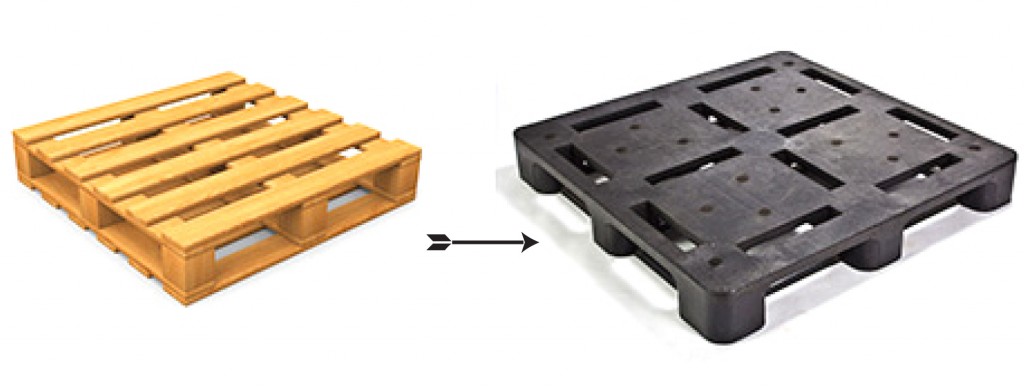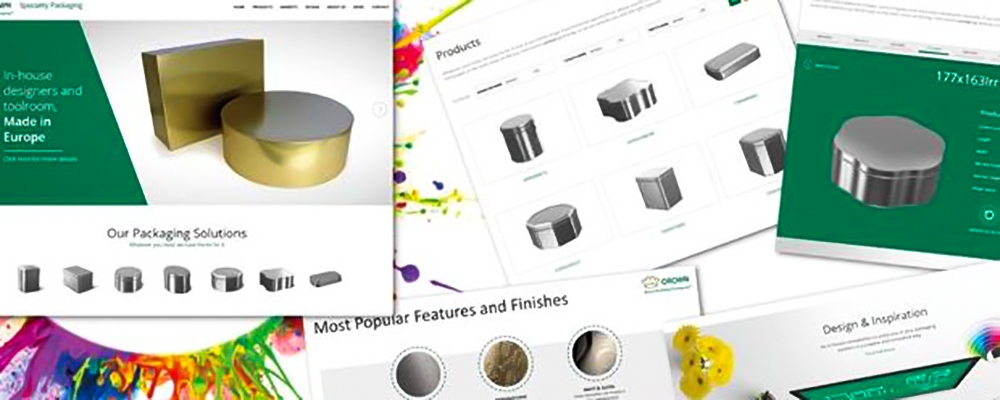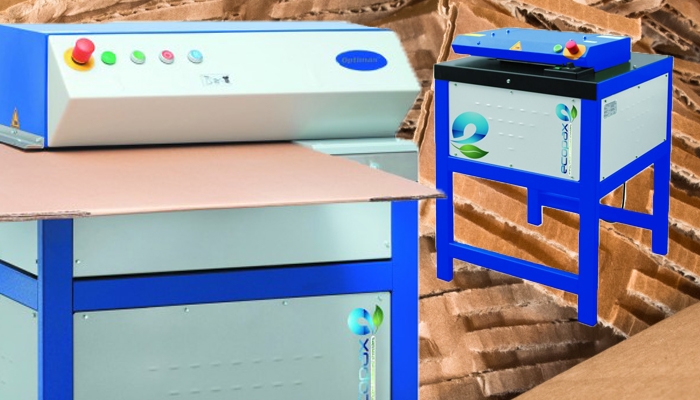When plastic pallets vendor Goplasticpallets.com suggested that Timber shortage closes price gap between plastic and wooden pallets the UK’s Timber Packaging and Pallet Confederation (TIMCON) slammed the comments as “inaccurate” and “misleading”.

Timber shortage closes price gap. In the offending story Goplasticpallets.com said it had experienced a surge in demand for its plastic pallets, a fact it attributed to the timber shortages created by the storms that hit the UK earlier in the year and the construction sector recovery. Wooden pallets traditionally have the edge over plastic in terms of cost, but the release suggested the shortage had closed this pricing gap.
Stuart Hex, general secretary of TIMCON, responded in a statement: “To clarify, it has indeed been challenging to source timber for new pallets during the last two quarters and prices are increasing at present. However, the gap between the price of a timber pallet and a plastic pallet remains extremely large. Moreover, timber pallets are not in short supply – and to suggest otherwise is extremely misleading.
“The UK pallet manufacturing industry is well used to coping with the seasonal variations of the timber industry. Shortages have occurred in the past, and time and again we have demonstrated both the capacity and ingenuity to meet customer demand.
“These reports are inaccurate and also potentially damaging, not least to the more than 90 per cent of supply users which continue to use them because they are the best choice from the point of view of price, repairability, sustainability and environmental credentials.
The original release from Goplasticpallets.com also raised fears of an extension to the EC’s ISPM 15 regulations, to make the heat treatment of wooden packaging materials moving around member states compulsory, and that this was another reason not to bet on timber pallets. TIMCON responded by saying there were no plans in place to extend ISPM 15, and that in the event of such a development, the timber pallet industry would be well prepared. A spokesperson from Goplasticpallets.com noted that a TIMCON press release makes mention of “a possible extension of ISPM 15”.
Goplasticpallets.com issued further comments that appeared to raise additional concerns about wooden pallets, this time on the grounds of health and safety. The comments referenced a statement from the GMB, based on remarks made by an employee of Amazon who fell ill, suggesting a health risk resulting from insect contamination within wooden packaging materials.
A release from TIMCON responded to the story in strident fashion. Hex said: “These irresponsible comments are at best inaccurate; at worst they are deliberately designed to mislead. They are the latest in what appears to be an ongoing campaign of negative communications, created by the head of a single company that has a clear vested interest in causing damage to the wooden packaging and pallets business.
“The original statement made by GMB – and which Mr Hardisty is now referencing – was based on comments made by one worker at Amazon; these comments apparently remain unsubstantiated. GMB went on to cite a case of emerald ash borer in North America – which is an issue of great concern for the protection of forests; not, as they imply, harmful to human health and safety. There are in place significant international phytosanitary regulations to minimise the risk of pest infestation in packaging and these regulations are rigorously enforced in the UK by the Forestry Commission.
“On the subject of the protection of forests, the timber packaging and pallet industry is working closely and continually with plant health authorities across the world to protect the sustainable forests from where we source our raw material. GMB is clearly unaware of this work. We would be highly surprised if Mr Hardisty is also unaware of it, because we have previously corrected similar inaccurate statements he has made in the media on several occasions.
“The GMB’s original comments have the potential to cause serious damage to a UK industry that employs 8,000 direct and 30,000 indirect UK jobs. We are extremely disappointed that GMB has chosen to issue them without consultation with the appropriate trade association. We will be contacting the organisation directly to ensure they do not make further inaccurate statements.
“Meanwhile, Mr Hardisty’s reckless follow up has been reported widely and his comments are being seen and reported to us by our industry colleagues around the world. They have the potential to be hugely damaging to our industry.
“He implies that wooden pallets are less hygienic than plastic pallets; in fact, wood continues to be a living plant that has natural defences against microorganisms – whereas plastic does not. Research shows that microorganisms thrive more in crevices and surface abrasions, such as those small cuts and notches caused in plastic as it is used. Mould is certainly not endemic to wood – it can also grow on plastic and other materials. Wooden pallets can simply be pressure washed, if and when they need cleaning.
“In addition to the debate about the hygiene, there are also long-standing question marks about the safety and potential risk to the environment of using plastic pallets. These include: do plastic pallets contain harmful deca-bromine or other fire-retardants?; are there still plastic pallets in circulation that contain high levels of un-environmentally friendly heavy metals such as cadmium?; and what is the carbon footprint of a plastic pallet – compared with a timber pallet that locks in carbon from the atmosphere?
“A plastic pallet is made from petrochemicals, a finite and dwindling resource. Compare this to a wooden pallet, which is made from a natural material harvested from renewable and sustainable forests; as well as being reusable, repairable, recyclable, and, at the end of its life, biodegradable.
“Plastic pallets are a more expensive option than wooden pallets, in terms of both the environment and the price itself. This is why wood remains the material of choice for more than 90 per cent of pallets and packaging used around the world.”
In response to this retaliation from TIMCON, Jim Hardisty, managing director of Goplasticpallets.com, said: “This is an excessively aggressive response from TIMCON, which appears to have misconstrued the information presented in my comments on poor pallet hygiene.
“I stand by my original statement and would like to reiterate that the facts remain the same and are accurate. Wooden pallets are inherently more likely to harbour contaminants than plastic ones.
It is important to guard against anything that could compromise the safety and hygiene of goods, or which could have adverse effect on the health of those who are working in the storage and packaging industry. The use of plastic pallets provides a safe and viable alternative.”




